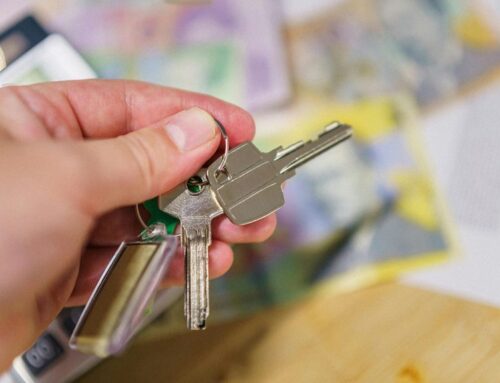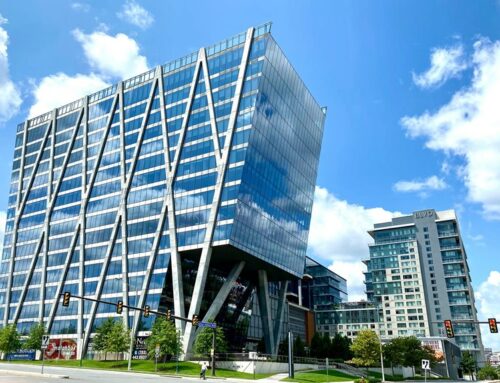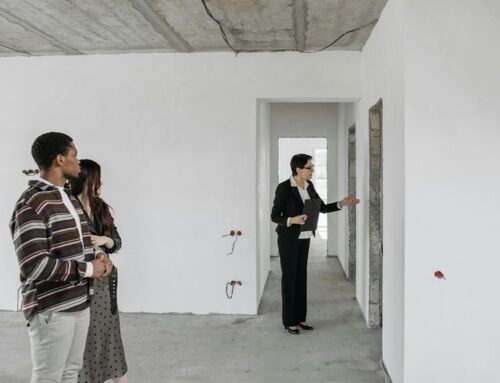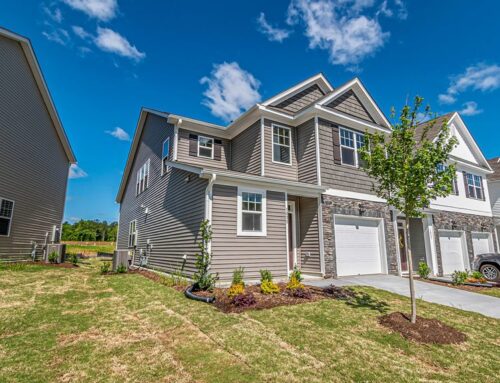When dealing with a foreclosed property rehabilitation, begin by thoroughly evaluating its condition, examining for any structural or maintenance issues such as water damage or faulty systems. Next, establish a detailed renovation plan outlining tasks and timelines for an organized approach. Budget wisely by researching expenses and including a buffer for unexpected costs. Be sure to secure all necessary permits promptly to avoid delays. Finally, carry out the renovation work meticulously, adhering to the plan and ensuring quality by hiring skilled contractors. Success in this undertaking depends on careful planning and execution.
Property Assessment and Inspection
As I approach the foreclosed property, my first task is to conduct a thorough evaluation and inspection. Walking through each room, I carefully examine the condition of the walls, floors, and ceilings. I check for any signs of water damage, mold, or structural issues.
It’s essential to assess the plumbing, electrical systems, and HVAC to confirm they’re in working order. I take note of any necessary repairs or upgrades that need to be made. Documenting everything meticulously helps in creating an accurate renovation plan later on.
Paying attention to even the smallest details during this assessment stage is key to understanding the scope of work needed to bring this property back to life.
Developing a Renovation Plan
Crafting a renovation plan for the foreclosed property is a vital step in the rehabilitation process. To guarantee a successful renovation, it’s important to outline the specific areas that need attention and the improvements that will be made. Here’s a simple table to help you organize your renovation plan effectively:
| Area of Focus | Task | Timeline |
|---|---|---|
| Interior | Replace flooring | 2 weeks |
| Update kitchen appliances | 3 weeks | |
| Repaint walls | 1 week | |
| Exterior | Repair roof | 4 weeks |
| Landscaping | 2 weeks | |
| Install new windows | 3 weeks |
Using this table, you can break down the renovation process into manageable tasks and timelines, making the project more doable.
Budgeting for Renovations
Creating a realistic budget is a vital aspect of preparing for the renovation of a foreclosed property. To start, assess the property’s condition thoroughly to identify necessary repairs and upgrades. Research the costs of materials, labor, and any additional expenses like permits or inspections. It’s important to add a buffer for unexpected costs that may arise during the renovation process.
Prioritize the renovations based on what adds the most value to the property and fits within your budget constraints. Remember that quality work often pays off in the long run, so don’t skimp to save money. By carefully budgeting for renovations, you can guarantee a successful and financially viable property rehabilitation project.
Securing Necessary Permits
When rehabilitating a foreclosed property, one essential aspect that often requires attention is securing necessary permits for the planned renovations.
To guarantee a smooth permit acquisition process, consider the following:
- Research Local Regulations: Understand the specific permit requirements and regulations set by your local municipality before commencing any renovation work.
- Engage with Permitting Authorities: Establish good communication with the relevant permitting authorities to clarify any doubts and ensure compliance with all necessary regulations.
- Submit Thorough Documentation: Prepare and submit all required documentation accurately and promptly to expedite the permit approval process and avoid delays in your renovation project.
Executing Renovation Work
Throughout the renovation process, I find that the main element in achieving success lies in efficient planning and diligent execution. When it comes to executing renovation work on a foreclosed property, it’s essential to stay organized and focused on the end goal. Below is a helpful table outlining some key steps to ponder during the renovation process:
| Renovation Work Steps | Description |
|---|---|
| Assess Property Needs | Conduct a thorough inspection to identify areas in need of repair or improvement. |
| Create a Detailed Budget | Plan out your expenses for materials, labor, and unforeseen costs to stay within budget. |
| Hire Reliable Contractors | Select experienced professionals to guarantee quality workmanship and timely completion. |
Conclusion
To sum up, rehabilitating a foreclosed property can be a challenging task, but with careful planning and hard work, it is definitely achievable. Remember, Rome wasn’t built in a day, so take your time and do it right. By following the steps outlined in this article, you can turn a neglected property into a beautiful home or investment opportunity. Just remember, slow and steady wins the race.
“Meet the team that’s dedicated to making home sales simple. About Us today.”
Explore Our Story











